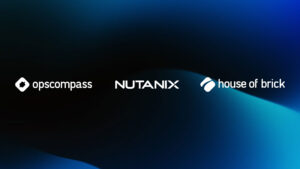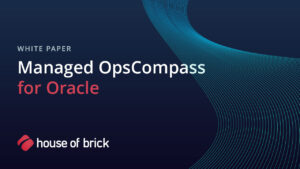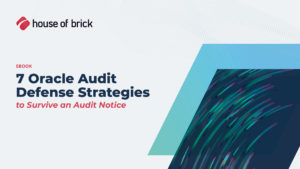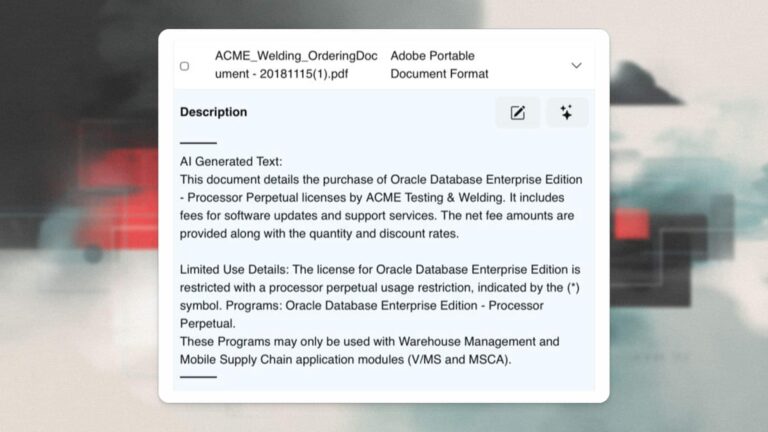Why Spreadsheets Can’t Keep up With Today’s License Risk
If you’re still tracking Oracle database deployments and entitlements in Excel, you’re playing catch‑up. Modern infrastructure spans on‑prem data centers, public clouds like AWS, Azure, Google Cloud Platform (GCP), and Oracle Cloud Infrastructure (OCI). There are dozens of variables to watch: Edition types, enabled Enterprise Edition options, virtual machine movement, disaster‑recovery instances, and even transient clone environments.
Oracle audits aren’t slowing down, in fact, they usually start when a major migration or virtualization change happens. When you’re juggling a sprawling hybrid estate, spreadsheets and gut feelings just aren’t enough. You need real‑time answers.
What Real‑time License Monitoring Actually Looks Like
Real‑time monitoring isn’t just another dashboard. It’s an always‑on system that monitors every Oracle database or middleware deployment across all of your environment, on‑prem, virtualized, and in the cloud. Opscompass provides continuous license compliance monitoring across major platforms, including VMware, Nutanix, AWS, Azure, GCP, and OCI.
Before we dig into the benefits, let’s talk about what automated monitoring actually tracks. Think of it as your license sentinel:
Key Things You Should Monitor in Real Time
- Feature activations and VM movement – Audit surprises often stem from “accidental” use of Enterprise Edition features like Partitioning or Active Data Guard. A monitoring tool should watch for these activations and catch virtual machine migrations that could expand your licensing footprint.
- Configuration drift – Changes to parameters like filesystemio_options or hidden tweaks to SGA/PGA settings can quietly cause performance or stability problems. Real-time drift detection alerts you the moment a database configuration changes.
- Java SE installations – Oracle’s Java licensing has changed dramatically; even a small unlicensed Java SE deployment can trigger subscription fees. Real‑time monitoring catches Java installations across Windows, Linux, or cloud images.
- Multi‑cloud deployment scope – A VM running in AWS today could be moved to Azure or GCP tomorrow. Real‑time monitoring should follow workloads as they shift between clouds and flag any licensing exposure across AWS, Azure, GCP, and OCI.
- Cross‑team visibility – When DBAs, cloud architects, and procurement teams share a single, always‑updated view, decisions get made faster and more confidently. Automated license tracking provides up‑to‑date licensing positions whenever you need them.
Why Automation Beats Spreadsheets Every Time
There’s a reason Oracle licensing consultants insist on automated monitoring: it reduces risk and frees up your team. According to Opscompass, their platform automatically tracks Oracle assets and provides up‑to‑date licensing positions, eliminating the need to maintain large spreadsheets of entitlements and deployments.
House of Brick’s audit support team reinforces this point by noting that real‑time monitoring is one of the first steps in preparing for an audit. They recommend tracking feature activations, VM movements and Java installations so you can identify risks before Oracle’s auditors do.
Automated monitoring brings other benefits:
- Proactive alerts, not reactive clean‑up. Opscompass alerts you when database configuration changes could impact licensing, letting you fix issues before they become audit problems.
- Reduced audit preparation time. House of Brick notes that organizations using real‑time monitoring platforms typically see a significant decrease in audit prep time and a boost in compliance confidence.
- Support for hybrid and multi‑cloud architectures. Automated tools understand the different licensing metrics and rules for Nutanix and VMware clusters, AWS RDS, Azure VMs, GCP Compute Engine, and OCI. They track VM movement and adjust licensing scope accordingly.
Bringing it All Together: Opscompass + House of Brick
Monitoring is just one part of a robust Oracle license management strategy. Opscompass provides the real‑time “eyes” across your estate, catching unlicensed feature activations, configuration drift and cross‑cloud migrations instantly. House of Brick brings decades of licensing expertise to help you interpret the data, optimize your Oracle footprint, and defend your organization during audits.
Together, these solutions turn licensing risk into business intelligence:
- Continuous asset visibility – Track every Oracle database, from traditional RAC clusters to cloud‑native instances.
- Predictive modeling – Identify where you can reduce licensing costs, safely downgrade to Standard Edition, and move workloads to less expensive cloud services.
- Strategic guidance – Plan migrations to AWS, Azure, GCP or OCI with confidence, using accurate licensing data to avoid surprise costs.
Ready to Ditch Spreadsheets? Take The Next Step
Tracking Oracle license usage manually won’t cut it in 2025. Real‑time visibility and proactive alerts are essential for staying compliant, controlling costs, and reclaiming your time.
See How Opscompass Identifies Licensing Risks Before You Migrate
Reveal hidden Oracle feature use and licensing gaps before migration to avoid audit risk.
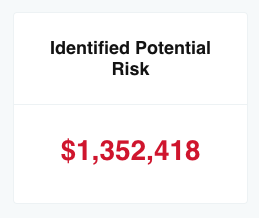
Frequently Asked Questions
Real‑time monitoring catches configuration changes like unauthorized feature activations, VM movements, and Java installations as soon as they occur. This lets you address issues before Oracle’s auditors can detect them, reducing the likelihood of costly penalties.
Yes. Opscompass provides continuous license compliance monitoring across VMware, Nutanix, AWS, Azure, Google Cloud (GCP), and Oracle Cloud Infrastructure. This ensures that license tracking follows workloads wherever they run.
Spreadsheets become outdated quickly and can’t keep pace with dynamic changes in hybrid and multi‑cloud environments. As Opscompass notes, modern IT infrastructure demands more than spreadsheets and gut feelings.
Configuration drift detection alerts you when database parameters such as filesystemio_options or memory settings are modified. Detecting drift prevents accidental activation of licensable Oracle features and flags unauthorized changes.
Opscompass provides real‑time monitoring, license tracking, and alerts across your Oracle estate, while House of Brick offers strategic guidance and audit defense. Together, they help interpret the data, plan migrations, and reduce license risk.

